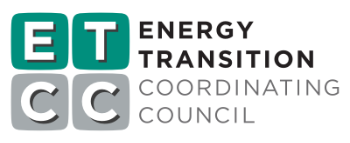Project Info
ACTIVE
Project Title
Smart Ventilation Retrofit Demonstration Project
Project Number ET24SWE0015 Organization SWE (Statewide Electric ETP) End-use HVAC Sector Residential Project Year(s) 2024 - 2025Project Results
As residential construction moves toward tighter building envelopes to enhance energy efficiency, maintaining indoor air quality (IAQ) has become a critical challenge. California’s Title 24 Building Energy Efficiency Standards mandate continuous or scheduled outdoor air (OA) ventilation in residential new construction but does not provide a path to dynamically vary ventilation based on pollutant levels. This project explored the potential of smart ventilation systems that activate ventilation based on real-time IAQ measurements, aiming to improve energy efficiency while maintaining acceptable IAQ. The study included field demonstrations in 17 apartments across two multi-family sites, energy simulation modeling, and resident surveys. The smart ventilation system operated the OA fan intermittently and was able to maintain acceptable IAQ in the majority of the apartments. But for most apartments, the OA fan status did not need to change much before vs. after the smart ventilation system. At the first site where the OA fan was always off before, the smart ventilation system only needed to operate the OA fan 17 to 34% of the time for acceptable IAQ. At the second site, where the OA fan was always on before, the smart ventilation system needed to operate the OA fan continuously or near continuously for acceptable IAQ except in one apartment (75% operation). Energy modeling showed significant savings potential for smart ventilation compared to continuously operating the OA fan, particularly in climates with high heating or cooling demands, with annual savings ranging from 450 to 1,400 kilowatt-hours per dwelling unit. User feedback showed satisfaction from most participants but highlighted the need for improved system interfaces and user education. The findings emphasized the importance of addressing underlying ventilation system issues, including ensuring adequate ventilation airflow, and tailoring systems to specific climate conditions. This research demonstrated the feasibility and energy-saving potential of pollutant-based smart ventilation systems, supporting California’s energy and IAQ goals. Future efforts should focus on system reliability, enhancing user understanding, and then developing programmatic offerings, and integrating smart ventilation pathways into residential energy codes.
Project Report Document
Loading PDF Preview...
